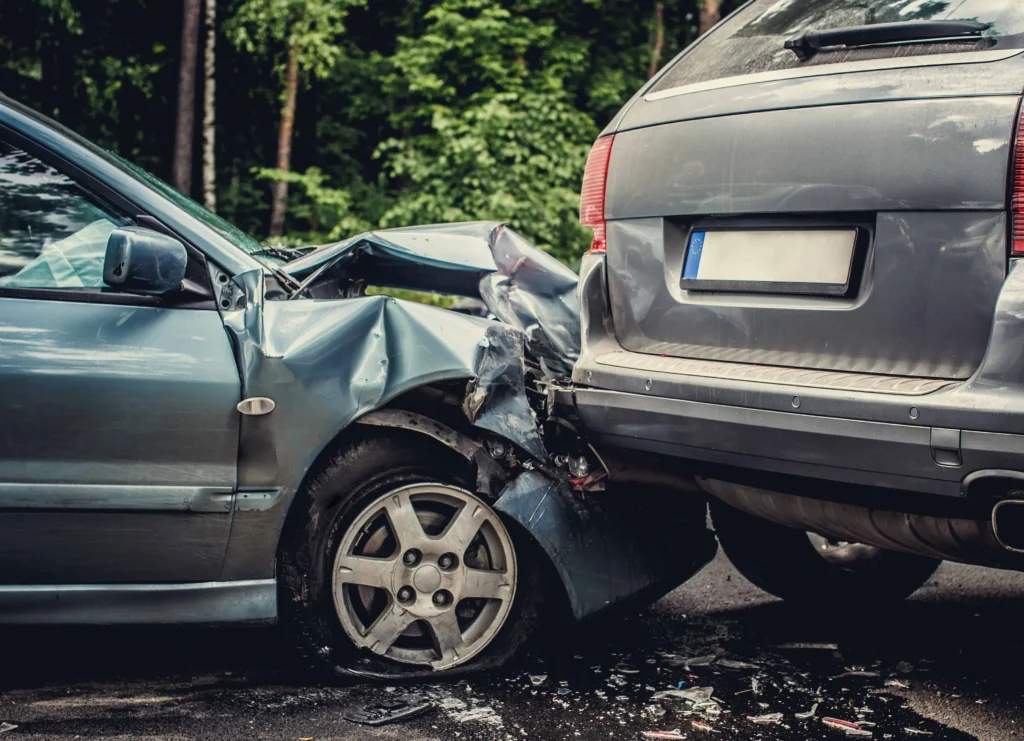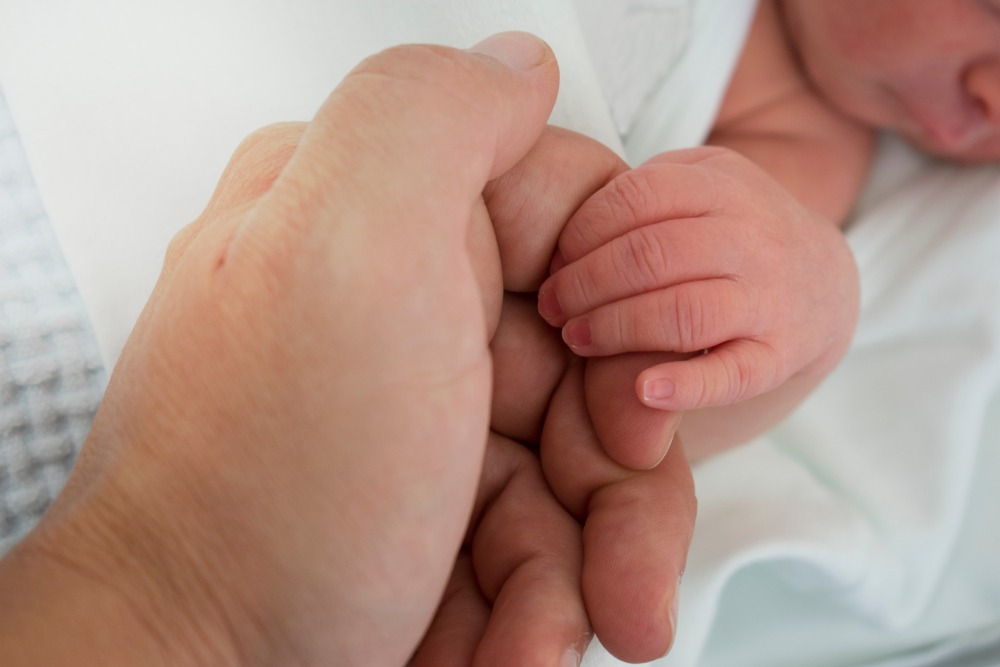When someone is hurt in the San Fernando Valley, whether in an Uber on the 405 or after a slip on a grocery aisle in Van Nuys, the path to compensation hinges on details most people never see. Insurance phases, driver contracts, maintenance logs, even where the case gets filed can swing results. That’s why many turn to experienced San Fernando Valley Slip Lawyers who understand both rideshare accident representation and premises liability. HHT Law Firm regularly guides Valley residents through these claims, translating complex rules into clear strategy and building evidence that holds up in negotiations and court.
: Understanding how liability differs in Uber, Lyft, and public rideshare accidents
Rideshare collisions aren’t handled like typical two-car crashes. Liability depends on the driver’s app status and, in some cases, the entity that arranged the ride.
- Uber and Lyft phases matter
- App off (personal use): The driver’s own auto policy is primary. The rideshare company generally isn’t involved.
- App on, waiting for a request: Contingent liability coverage usually applies (in California, at least $50,000 per person, $100,000 per accident for bodily injury, and $30,000 for property damage).
- En route to pick up or during a trip: Uber/Lyft typically provide up to $1,000,000 in third‑party liability coverage, plus uninsured/underinsured motorist benefits when appropriate.
- Multiple at-fault parties
A Valley crash can involve another negligent motorist, a road defect, or a vehicle part failure. Liability may be shared across a rideshare driver, another driver, or even a public entity responsible for road maintenance.
- Public rideshare and pooled transit
“Public rideshare” can include city-sponsored microtransit, shuttles, or paratransit services operating under municipal or county contracts. Claims may trigger different rules, especially if a government agency operates or supervises the service, requiring earlier notice (see California’s Government Claims Act). Contracts between agencies and vendors can also dictate who pays what.
For victims, the key question is simple: whose insurance applies and in what order? The answer depends on the phase of the trip, contract relationships, and whether a public entity is in the chain.
: The role of insurance coverage and driver contracts in claim settlements
In California, rideshare insurance coverage is layered and time-sensitive. Settlements often turn on the precise minute-by-minute status of the app and the language buried in driver and platform agreements.
- Coverage coordination
- Personal auto policies may exclude commercial use. That’s why the rideshare company’s coverage, contingent when waiting, primary during trips, becomes crucial.
- Uninsured/Underinsured Motorist (UM/UIM) coverage from the rideshare’s policy can apply when the at‑fault driver is uninsured or underinsured. This can be a major source of recovery in hit-and-run cases.
- Driver contracts and arbitration
Many driver agreements define drivers as independent contractors and include arbitration clauses. While those clauses mainly bind drivers and the platform, they can indirectly affect information flow, insurer cooperation, and timing. Claimants should anticipate platform-driven processes for evidence and adjust timelines accordingly.
- Exclusions and subrogation
Policies can exclude punitive damages or limit medical payments. Health insurers may assert liens: the rideshare carrier may seek subrogation against a third party. Skilled counsel aligns these moving parts to maximize net recovery.
- Practical takeaway
Early notice to all potentially responsible carriers is essential. Counsel such as HHT Law Firm typically sends preservation and tender letters immediately, identifies applicable limits, and sequences negotiations so one carrier’s settlement doesn’t undercut a larger recovery from another.
: Proving negligence in slip-and-fall cases at businesses and public venues
Slip-and-fall claims turn on whether the property owner or operator failed to use reasonable care. In California, plaintiffs must show a dangerous condition, that the business knew or should’ve known about it, and that the hazard caused the injury.
- Duty and notice
Businesses owe a duty to keep premises reasonably safe. Constructive notice, proving the hazard existed long enough that the owner should’ve discovered it, is often established through inspection practices (or the lack thereof). The California Supreme Court’s guidance in cases like Ortega v. Kmart emphasizes the role of routine inspections and documentation.
- Typical Valley scenarios
- Spills at supermarkets with no recent aisle checks.
- Uneven flooring or broken tiles in busy retail centers.
- Poor lighting or missing handrails in parking structures.
- Exterior trip hazards from tree-root uplift on sidewalks.
- Public entities
For city- or county-controlled property, plaintiffs must show a dangerous condition of public property and meet strict pre-suit notice rules under Government Code section 835 and the Government Claims Act. The standard is different, and deadlines are shorter.
- Comparative fault
California’s comparative negligence rules can reduce recovery if a jury finds the injured person partly at fault (e.g., ignoring warning cones, texting while walking). Solid evidence of the property’s inspection failures helps keep fault where it belongs.
: Evidence collection essentials: video footage, witness accounts, and reports
Good cases are built, not found. Fast, focused evidence work can be the difference between a modest offer and a policy-limits settlement.
- Video is king
- Rideshare: dashcam footage, in-car telematics, and nearby traffic or storefront cameras can lock in fault. Preservation letters should go out within days to rideshare platforms and businesses near the crash site.
- Slip-and-fall: store surveillance and time-stamped inspection logs reveal how long a hazard sat there. Ask for incident reports and maintenance schedules immediately.
- People and paper
- Witness statements: short, specific, signed statements beat vague recollections months later. Get contact info on scene if possible.
- Official reports: police traffic collision reports, paramedic run sheets, and store incident reports anchor timelines and mechanism of injury.
- Medical proof
Consistent medical documentation, from ER notes to specialist follow-up, links symptoms to the event. Gaps in treatment invite insurers to argue “you were fine.”
- Preserve the scene
Photograph the hazard, footwear, and any warning signs. In rideshare cases, capture vehicle damage angles, skid marks, and road conditions. HHT Law Firm often deploys investigators quickly in San Fernando Valley corridors like Ventura Boulevard and Sepulveda Pass to secure perishable evidence.
: Common injuries and long-term effects seen in Valley accident claims
Injuries from Valley collisions and falls range from subtle to life-changing. Some don’t fully declare themselves until days later.
- Frequent diagnoses
- Whiplash and cervical/lumbar strains that progress to herniated discs.
- Concussions and mild traumatic brain injuries with headaches, memory issues, light sensitivity, and mood changes.
- Shoulder and knee injuries, rotator cuff tears, meniscus damage, often missed in initial ER visits.
- Fractures (wrist, ankle, hip) common in falls, particularly on hard tile or concrete.
- Complex Regional Pain Syndrome (CRPS) and neuropathic pain after seemingly “minor” trauma.
- Long-term effects
Chronic pain, reduced range of motion, and post-concussive symptoms can hamper work and family life. Some clients face job re-training or can’t return to prior duties. Psychologically, anxiety about rides or crowded stores is common, and compensable when tied to the event.
- Damages picture
Comprehensive claims document economic losses (medical bills, future care, lost earnings/earning capacity) and non-economic harm (pain, suffering, inconvenience, loss of enjoyment). Where cabined by policy limits, lawyers may pursue multiple coverage sources to address long-tail needs.
: Statutory deadlines under California’s personal injury law framework
Deadlines are unforgiving, and they vary depending on who’s involved and what was injured.
- General statute of limitations
- Bodily injury from negligence: usually 2 years from the date of injury (Cal. Code Civ. Proc. § 335.1).
- Property damage: generally 3 years (Cal. Code Civ. Proc. § 338).
- Government Claims Act
If a city, county, or state entity may be liable (public rideshare, dangerous public property): a government claim typically must be filed within 6 months of the incident (Gov. Code § 911.2). After rejection or deemed rejection, suit deadlines are short.
- Minors and tolling
Time can be tolled for minors or if the defendant is out of state, but don’t count on exceptions, insurers won’t.
- Contractual and policy timelines
Rideshare carriers may impose prompt notice and cooperation clauses: UM/UIM claims have specific procedures. Missing an internal deadline can complicate recovery even if the lawsuit is timely.
Early consultation with experienced San Fernando Valley Slip Lawyers keeps these clocks from running out, and preserves leverage in negotiations.




